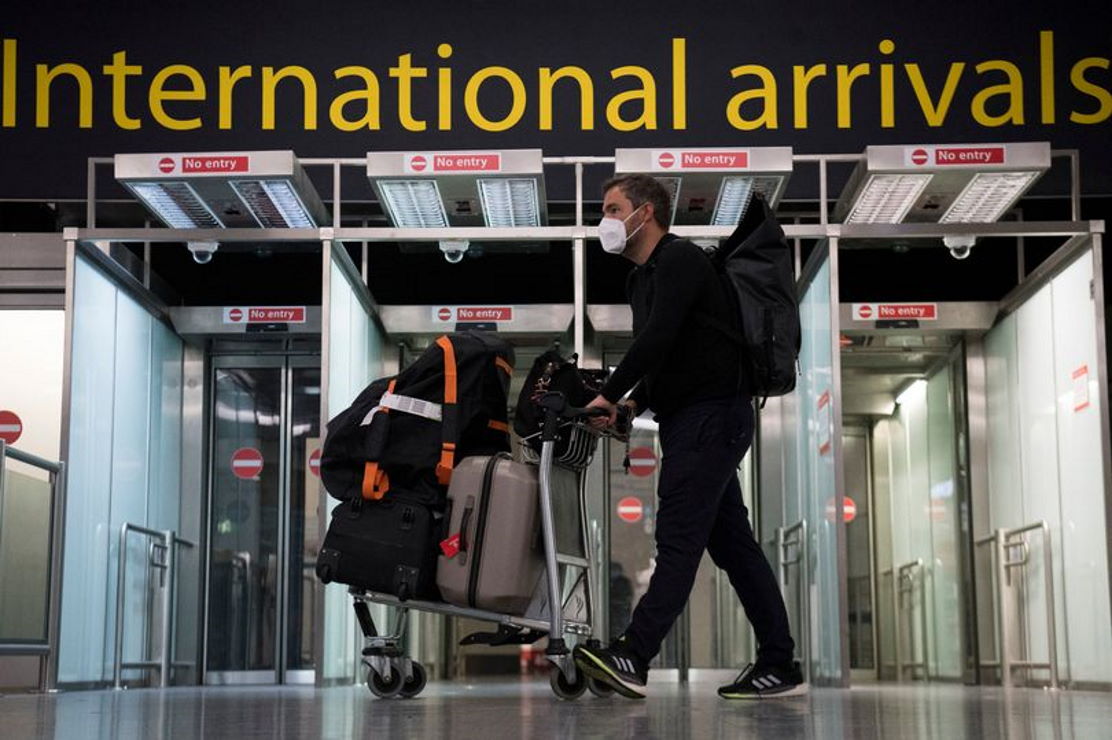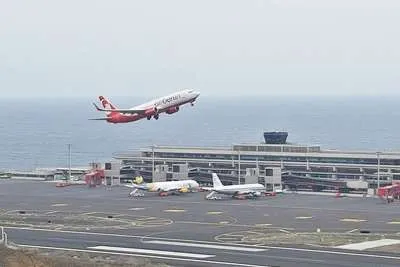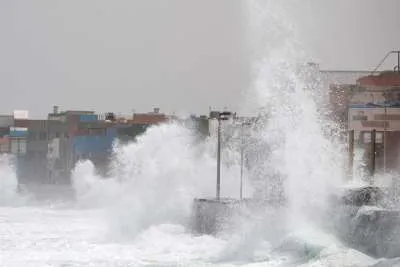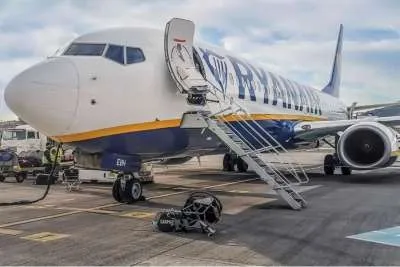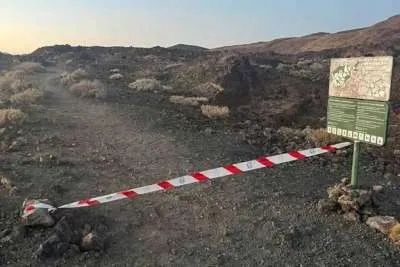When is the next UK travel-list update and what changes are expected?
- 25-08-2021
- Business
- Canarian Weekly
Since overseas travel from the UK got the most cautious of green lights in May, decisions about booking foreign holidays have been ruled by the traffic-light system with all of the world’s countries and territories assigned to either the green, amber or red lists. These are based on the Covid-19 risk in the destination and the possibility of bringing troublesome new variants back to the UK.
Currently, travellers are watching the amber-red boundary the most, as the wrong side of it involves an 11-night stay in a quarantine hotel on the return home to the UK from red countries, with all the associated costs. For the fully vaccinated there is now practically no difference between the green and amber lists in terms of travel restrictions, as both require a pre-departure test and a PCR test within two days of arrival.
So if you’re waiting with anticipation for the next announcement before you book a holiday away, it is best to prepare yourself for the next likely announcement with some background information.
When is the next government travel announcement?
The next announcement for changes to the traffic-light lists are most likely to be on or around August 25th. Since early June, these updates have happened every three weeks, on a Wednesday or Thursday afternoon, and the last such announcement was on Wednesday, August 4th.
There has been a bit more variation in the number of days it takes for these updates to come into effect, but it’s roughly four to six days after the announcement, so expect new rules for any re-categorised countries to apply from around August 29th or 30th. If the three-week timetable continues, we might see a further change to the lists revealed around September 15th, applying to the last week or so of that month, before a full review of the traffic light system is scheduled for early October.
It’s also worth remembering that the travel lists, and the rules that go with them, are not strictly a UK-wide matter, although in practice the changes have stayed in sync between England, Scotland, Wales and Northern Ireland.
Which countries are expected to change colours on the traffic-light system in this update?
The loudest chatter before this next review has focused on Spain, and whether it might move from amber to red because of cases of the beta variant in the country. However, fears seem to have eased because cases in Spain have been falling steeply since a late July peak, and claims that, even though more people are coming back from Spain infected than from any other destination (3%), the UK government wouldn’t have enough space in Covid hotels for the volume of people returning from Spain.
Cyprus is showing a similar trend, having at one point had the highest case rates among European amber-list countries, confirmed Covid-19 cases per 100,000 people are lower than almost anywhere else in Europe and than they are in the UK, so case rates alone may not justify moves from amber to red, unless there are specific variants of concern.
Looking at how individual countries are faring with official case rates, amber-list Italy is doing better than some green-list members, and red-list Turkey sits squarely among European amber-listers such as France, Portugal and Greece. It’s been suggested that Turkey could move from red to amber in the next travel announcement.
In terms of which countries could drop down a category, the “green watchlist” tag has already served as a public note of caution among green-list members. Of these, the Dominican Republic and Israel are experiencing a surge in Covid-19 cases, although with the latter country still largely closed to tourists, a move from green to amber will make little difference.
Recent talk of an amber watch list has so far come to nothing, but among amber-list countries, those with recent spikes in cases include Jamaica, Montenegro, Malaysia, Fiji, St Lucia and Thailand.
Other articles that may interest you...
Trending
Most Read Articles
Featured Videos
A Vision of Elvis Tenerife Promo
- 10-05-2025
TEAs 2025 Highlights
- 17-11-2025


